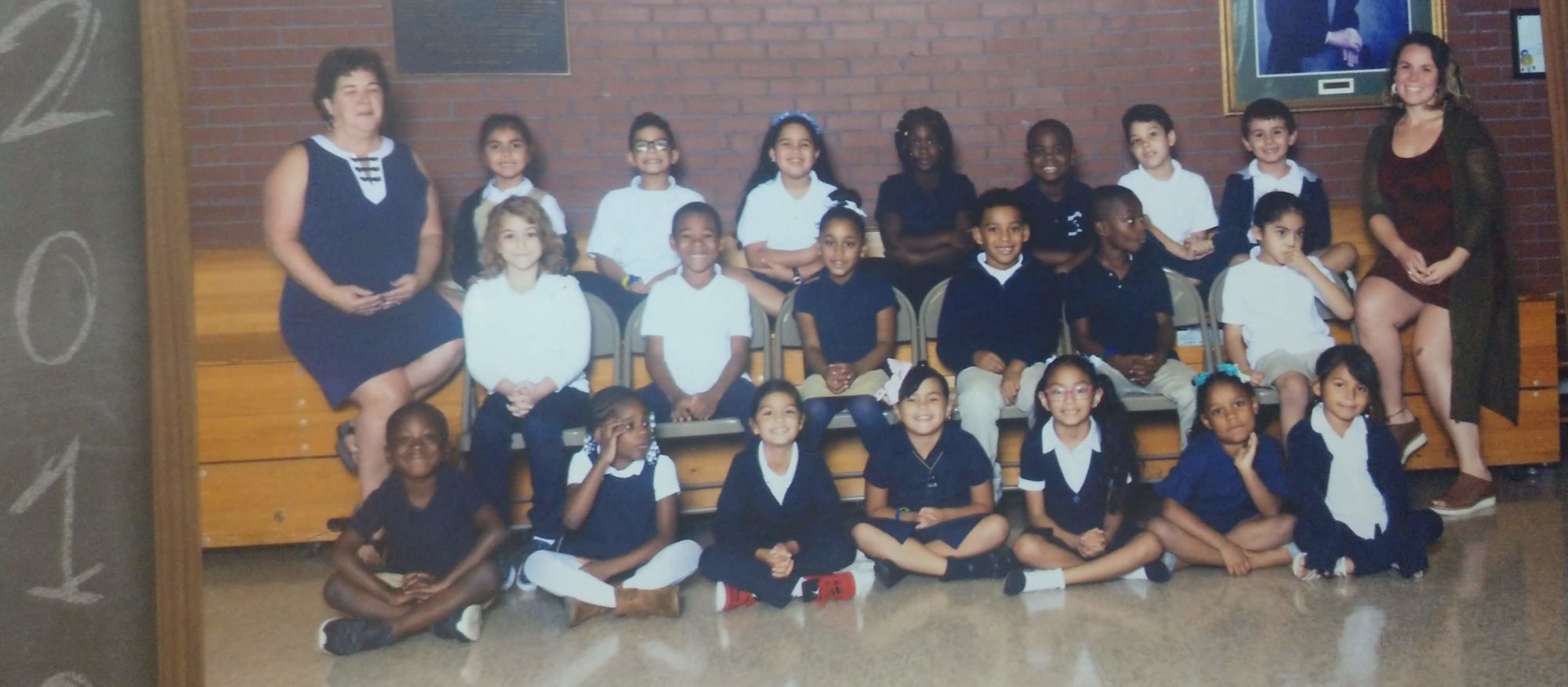-
-
-
- 3.11 Identify what individuals and families bring with them (e.g. memories, cultural traits, goods, ideas, and languages or ways of speaking ) when they move to a different place and identify the significant impacts of migration; identify elements that define the culture of a society (e.g. language, literature arts, religion, traditions, customs); explain how the community is enriched by contributions from all people who form it today(Clarification statement: Students should be able to give examples of traditions or customs from other countries practiced in the US today, with a focus on the cultures represented in the class and what those cultures have contributed to US society: describe traditional foods, customs, games, and music of the place they, their family, or their ancestors came from.)
- This standard is addressed throughout the unit, but especially so during the interview process and our whole-group conversations. It is during these times that we can share with each other and humanize the contributions that culture brings to Worcester and beyond.
-
- SL. 1 Participate in collaborative discussion with peers and adults in small and larger groups on history/social science topics.
- Follow agreed-upon rules for discussions (e.g. gaining the floor in respectful ways, listening to others with care, speaking one at a time, staying on topic)
- Build on one another’s talk in conversations by responding to comments through multiple exchanges.
- Ask questions to clear up confusion about the topics and texts under discussion
- I often ask my students to participate in conversations both whole-group and small group. These conversations are always within the framework of kindness, and, especially small groups, teamwork. Particularly when our guest speakers visit us, we need to practice skills of looking at the speaker, and practicing what respect looks like.
-
- SL.2 Recount or describe key ideas or details from a text read aloud or information presented orally or through other media.
- This standard is addressed particularly during our research focused lessons. These lessons are intended for students to learn more about their culture, and then recount what they’ve learned in the interviews in LAP 8.
-
- SL.4 Describe people, places and things related to history/social studies; speak clearly at an understandable pace and use appropriate vocabulary.
- This standard pertains to all lessons. We have conversations relating to people and places all the time throughout this unit, and especially when we have all group conversations with our guests. It is imperative that students speak clearly and use the vocabulary related to culture, exemplifying their understanding of the term.
-
- W.7 Participate in shared research and writing projects (e.g. read a number of books on a single topic to produce a report; record science observations)
- Although this standard could easily be transferred to different types of science researching, in this case, students are researching individually to come to some conclusion about what culture looks like compared to what it might look like elsewhere.
-
- SL.3 Ask and answer questions about what a speaker says in order to clarify comprehension, gather additional information, or deepen understanding of a topic or issue.
- This standard pertains to when our guest speakers come. Students will speak clearly, ask questions that make sense and to gather additional information particular to the speaker.
-
- W.8 Recall information from experiences or gather information from provided sources to answer a question.
- This standard will come to fruition especially for student’s interviews. They will need to recall information about their culture from the sources they’ve gathered to answer their partner’s question.
